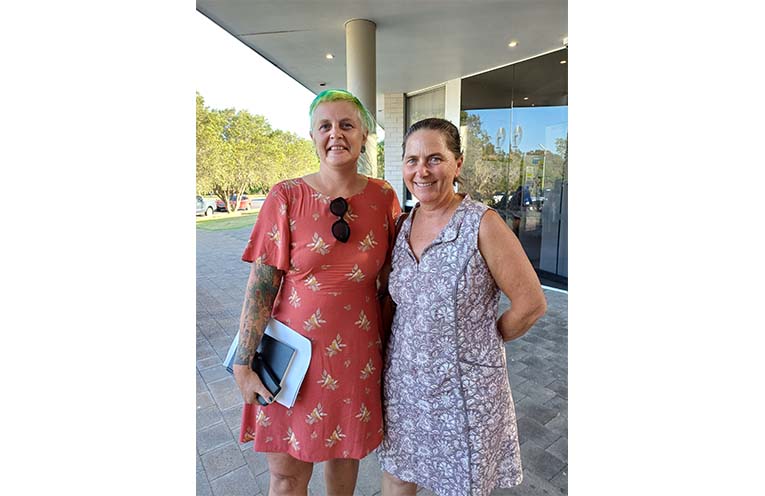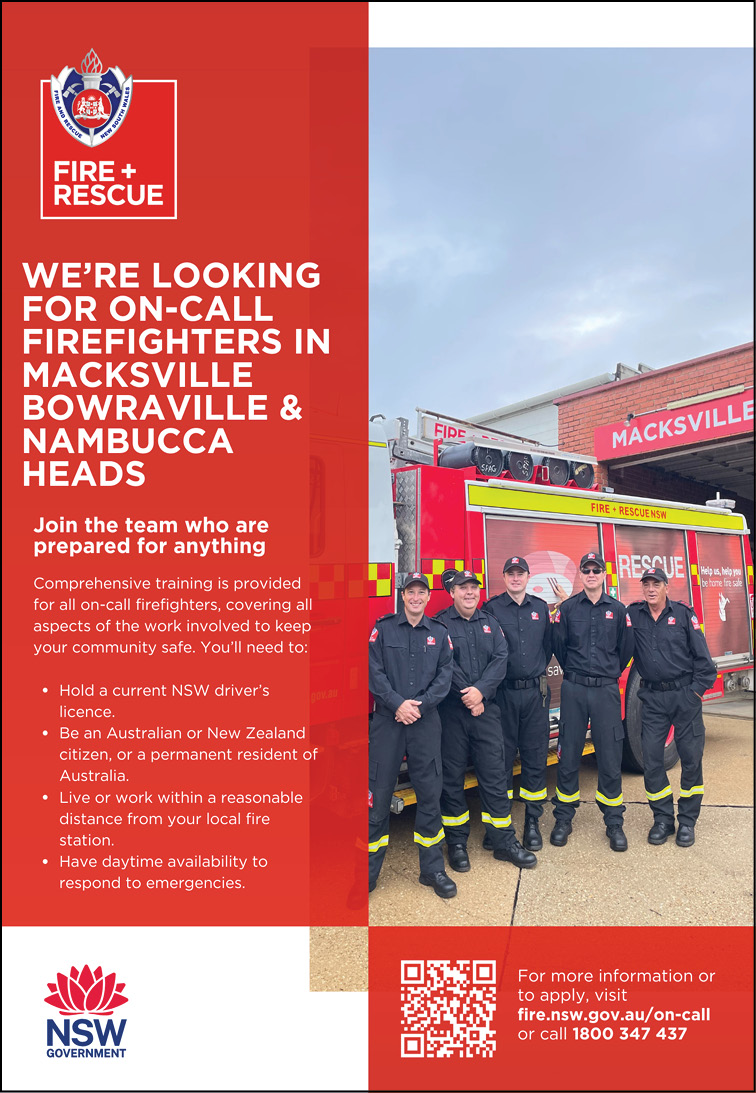
IN the public forum of Nambucca Valley Council’s general meeting on 29 February, Bellingen-based environmental activist Wendy Firefly presented a talk and slideshow aimed at convincing the Council to implement strong regulatory controls on industrial-style horticulture in the region.
Ms Firefly and friend Sally Townley, the current Deputy Mayor of the City of Coffs Harbour (formerly Coffs Harbour City Council), were instrumental in bringing about a requirement for farmers to apply for a DA to erect netting structures over blueberry farms in the Coffs Harbour LGA.
 Advertise with News of The Area today.
Advertise with News of The Area today.It’s worth it for your business.
Message us.
Phone us – (02) 4981 8882.
Email us – media@newsofthearea.com.au
Ms Townley was present at Council Chambers to hear Ms Firefly’s speech last Thursday evening.
Ms Firefly recommended Nambucca Valley Council emulate the example set by Coffs Harbour’s council, and change the Local Environmental Plan (LEP) to remove exclusions on horticulture within the category of intensive agriculture so that blueberry farming would require consent in rural zones.
“I started doing this eight years ago with Sally Townley on the Coffs Coast,” Ms Firefly said.
“The community was coming to us with concerns of spray drift onto their property, water pollution, illegal dumping, bulldozing of cultural sites and wildlife corridors, oversized dams and illegal bores.
“When the national water body came to check, 88 percent of farmers were not complying with water laws,” Ms Firefly told Councillors, staff and approximately 30 audience members last Thursday evening.
“A study by NSW Public Health Unit and Coffs Harbour City Council between 2017 and 2019 tested for agricultural chemicals in private water tanks near intensive horticulture farms in the Coffs area and found that 26 percent of rainwater tanks had reportable detections of pesticides, 43 percent revealed trace amounts and eleven different chemicals were detected, including Endrin (trace amounts in six different tanks), which has been banned in Australia since 1987,” she said.
According to Ms Firefly, the journey to get Coffs’ Council on board had been a long one, beginning with Environment Protection Authority (EPA) testing.
“It took us six years for us to get the EPA to test Hearnes Lake after fish kills and we found chemicals that had been banned in Australia.”
She argued that netting structures with an area greater than 100 square metres should be considered as farm buildings under the existing State Environment Planning Policy (SEPP) codes.
Therefore, they (netting structures) required Council’s Development Applications (DAs) as well as attracting regulations for buffer zones of 50 metres from property boundaries and natural water bodies.
She detailed some of the steps taken by Coffs Harbour City Council to bring in the requirements, including obtaining legal advice and a new interpretation made by the Land Growth Management committee of the current SEPP framework to include netting and greenhouse structures as farm buildings.
“It’s my understanding that Council’s advice (received) previously was contrary to that (i.e. netting being considered a farm building under the SEPP) but that is part of what we’ve sought legal advice on, is that correct?” Mayor Hoban asked Daniel Walsh, Nambucca Valley Council’s Director of Development and Environment at the meeting.
Mr Walsh confirmed that Council has applied for new legal advice on this matter which was expected to be received by the end of February but to his knowledge had not been.
“I will follow that up again with the lawyer,” he said, “but I’m expecting it to come to a March meeting,” he told the Council.
By Ned COWIE
